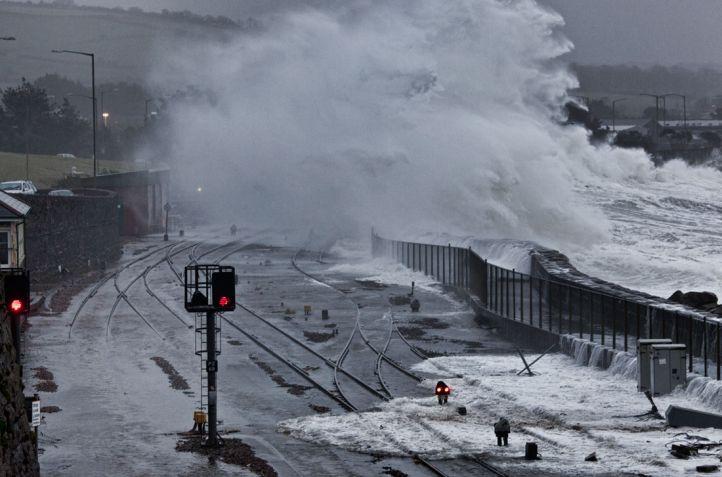xmetman
There have already been a few SFERICs in the Channel Islands that give me the impression that the warning area for thunderstorms today could be doing with being widened a bit.

xmetman
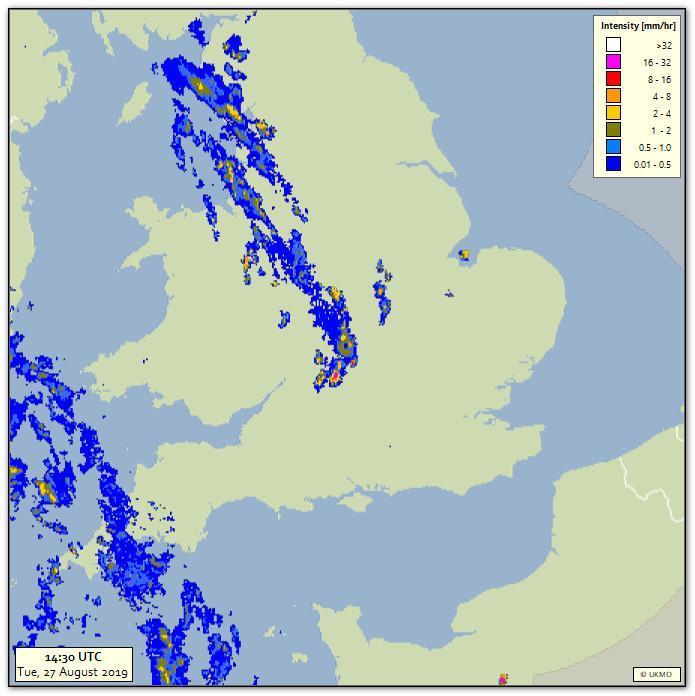
It looks like the rain over the Midlands is falling from unstable medium/high level cloud with not much reaching the ground. One flash west of London in last hour but very lively over rest of Europe - thank you Susan Powell.
I wonder why she couldn't show images from the latest Met Office SFERICs at 3.30 PM?

Never mind Blitzortung to the rescue!
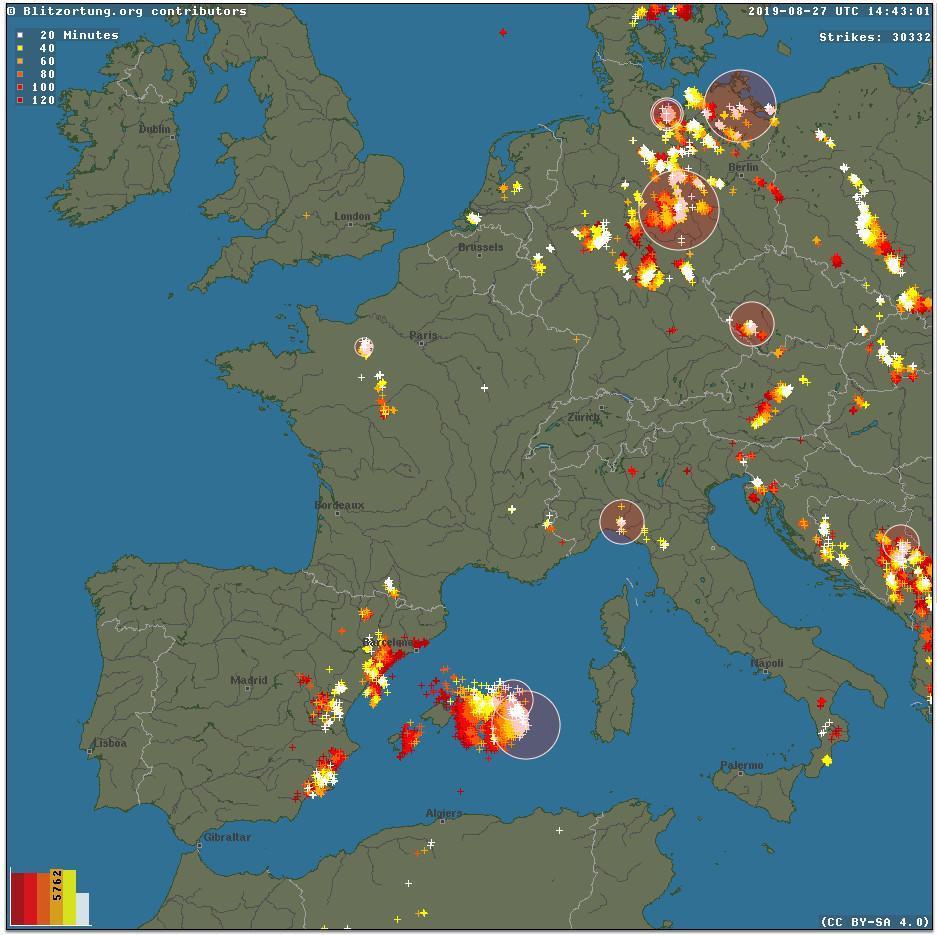
Obviously after BREXIT this German data will be unavailable.
xmetman
Julian Mayes
.jpg?part=0.1&view=1)
xmetman
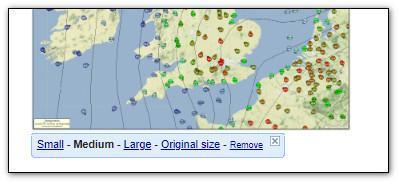
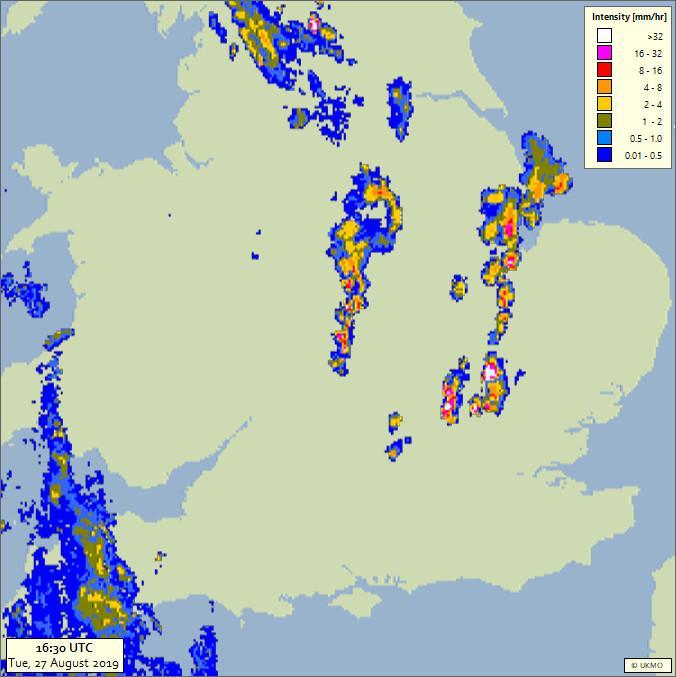
Julian Mayes
Len
xmetman
Freddie
--
Freddie
Dorrington
Shropshire
xmetman
Me an you are like glass half full - glass half empty. You believe it was the accuracy of their NWP, I believe they were a wee bit lucky. Until they make it public I will always remain slightly skeptical of it.
Either way it means very little in reality - unless of course your thatched cottage across the road from Brize Norton was struck by lightning and burnt to the ground 🤪
Freddie
It is of course impossible to say without seeing this morning's run of their mesoscale model output, and because they secrete that away for the benefit of their customers and not the public you can only guess that the model and their assessment of it was right.
Me an you are like glass half full - glass half empty. You believe it was the accuracy of their NWP, I believe they were a wee bit lucky. Until they make it public I will always remain slightly skeptical of it.
Either way it means very little in reality - unless of course your thatched cottage across the road from Brize Norton was struck by lightning and burnt to the ground 🤪
Freddie
Dorrington
Shropshire
115m AMSL
http://www.hosiene.co.uk/weather/
Stats for the month so far: https://www.hosiene.co.uk/weather/statistics/latest.xlsx
Smartie
Len
xmetman
xmetman
Surely this should be the responsibility of the individual or organisation to heed the warning and apply it to their situation. For example they may be forecasting 25 cm of drifting snow above 300 m in Scotland. The impact is going to be high for hill farmers with sheep, but then they would know the impact would be severe - anyone with half a brain would know this as well. Infact because the impact would affect a small subset of the population it would barely merit a yellow warning anyway under current thinking.
Why not ditch the "impact" colours and just issue warnings with colours for "likelihood" as in the good old days of yore? Do we need to tell people to watch out for the obvious - yes there's going to be a frost tonight and that they may well fall on their arses in the morning if they don't take care - and mind that thick fog because if you drive too fast you may well have an accident.
It seems to me that warnings and the micro management of them - since the demise of their monopoly - has become the whole raison detre for UKMO forecasters, and they have - like they've done with their analysis charts - turned it into an art form.
Len
Smartie
Smartie
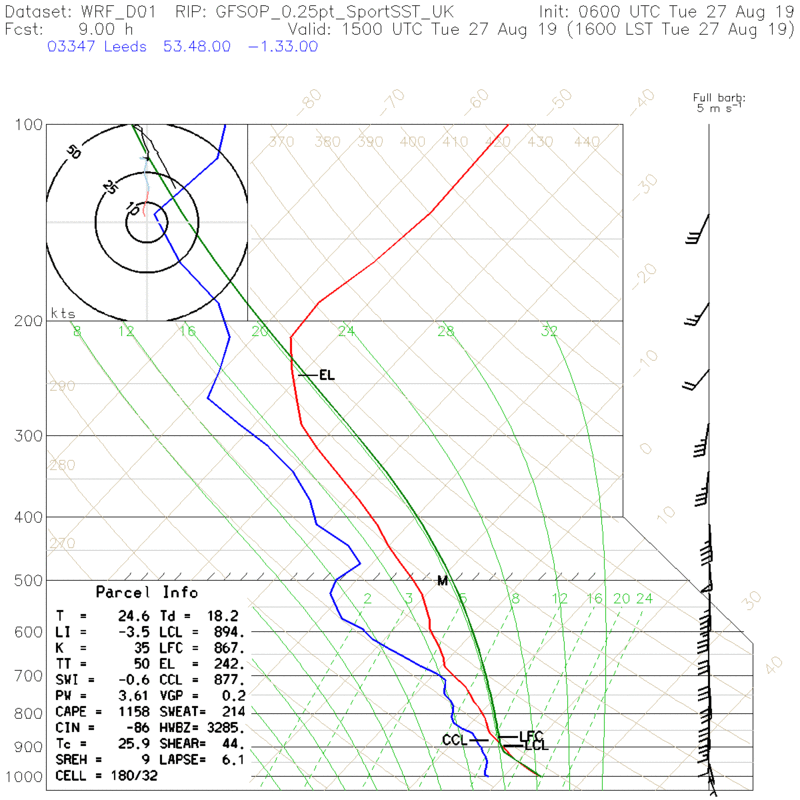

Freddie
Whilst having a bath - I've been giving some thought to warnings and impacts and why the Met Office need to guess at the impact of any given warning they issue
Surely this should be the responsibility of the individual or organisation to heed the warning and apply it to their situation. For example they may be forecasting 25 cm of drifting snow above 300 m in Scotland. The impact is going to be high for hill farmers with sheep, but then they would know the impact would be severe - anyone with half a brain would know this as well. Infact because the impact would affect a small subset of the population it would barely merit a yellow warning anyway under current thinking.
Why not ditch the "impact" colours and just issue warnings with colours for "likelihood" as in the good old days of yore? Do we need to tell people to watch out for the obvious - yes there's going to be a frost tonight and that they may well fall on their arses in the morning if they don't take care - and mind that thick fog because if you drive too fast you may well have an accident.
It seems to me that warnings and the micro management of them - since the demise of their monopoly - has become the whole raison detre for UKMO forecasters, and they have - like they've done with their analysis charts - turned it into an art form.
xmetman
- The maximum temperature will be 38°C
- There will be 25 cm of drifting snow.
- There will be a moderate frost tonight minimum temperatures -4°C
- The dense fog will reduce visibility to less than 50 metres.
- The heavy rain tomorrow will produce totals of 50 mm or more
Graham Easterling
